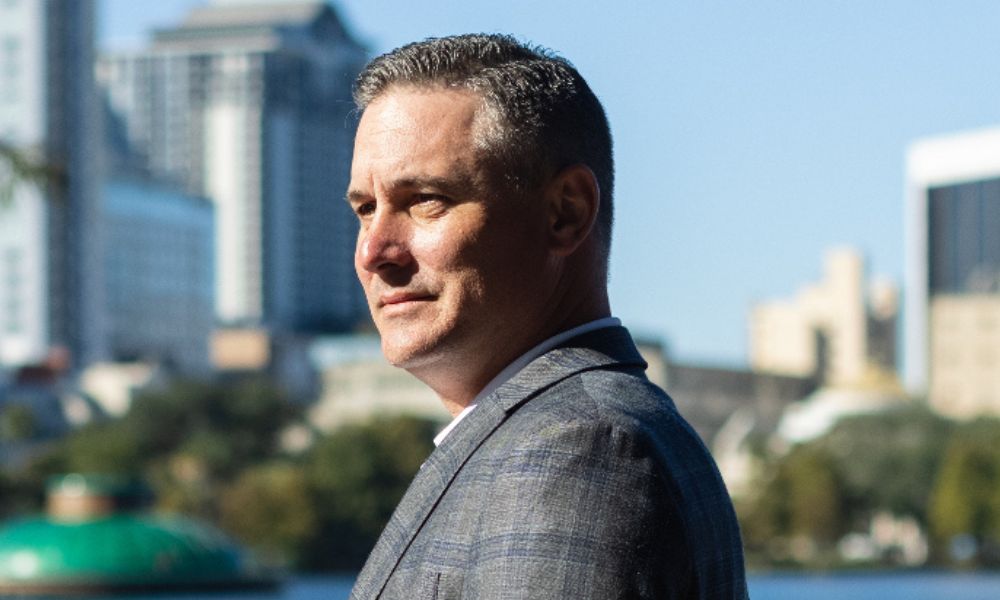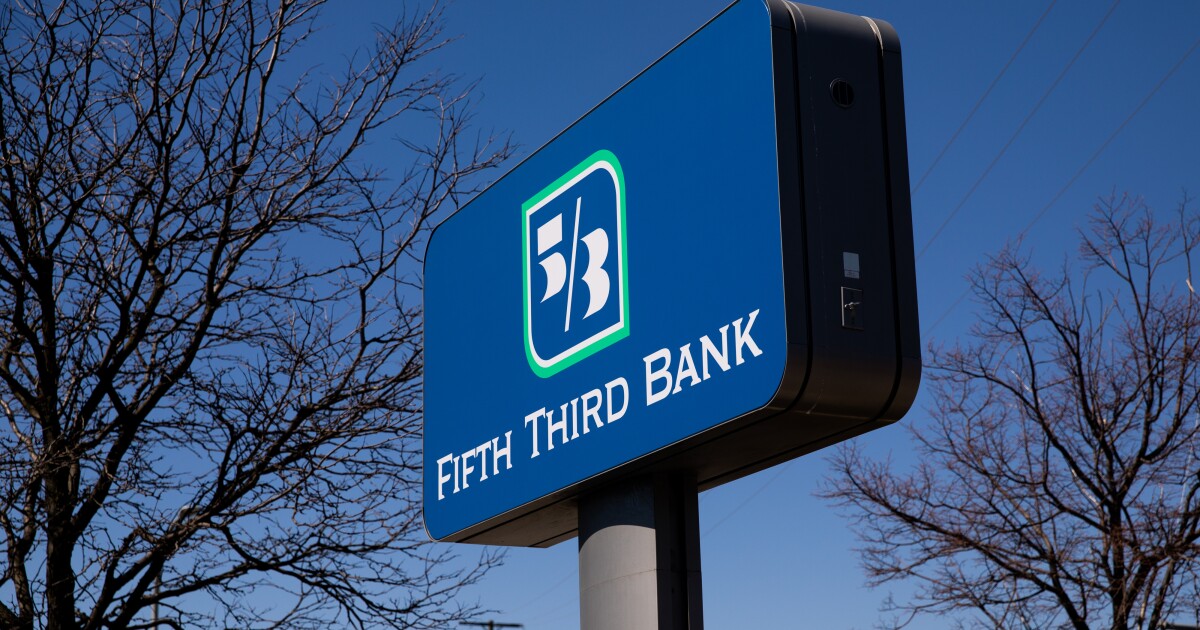Despite these disruptions, people still flock to Florida, drawn by its lifestyle, weather, and lack of state income tax. As of April 1, 2024, Florida’s population exceeded 23 million, according to a state report, making it the third most populous state after California and Texas. “Florida is still going to be a hot spot,” Plocica said, noting that hurricanes don’t seem to deter most people from moving to the state. This marks a 15% increase since 2015, when Florida first hit 20 million residents. While deaths now outpace births, the state added over 358,000 new residents in 2023. That growth is expected to slow slightly, but projections still show the addition of over 300,000 new residents annually over the next five years.
In some ways, the state’s growth, despite its natural disaster risks, reflects a broader trend. “It’s not like these hurricanes just popped up this year,” Plocica pointed out. “You know what you get when you move into Florida.” While hurricanes may hit the coastlines, many people are moving inland, where the risk is lower. “If you don’t want to live on the coast, inland you’re going to be OK most of the time,” he said. And even when storms do come through, the state’s building codes, improved since Hurricane Andrew in 1992, mean that most homes are more resilient to storm damage than ever before.
That said, hurricanes do impact the housing market, especially in terms of availability. Plocica noted that in an already low-inventory environment, storms can temporarily take homes off the market. “If someone’s looking at a house, or let’s say a seller has a house and they’re looking to put it up for sale, and stuff happens, it’s going to take them longer to get the house ready,” he said. This further limits an already tight supply of homes, especially in high-demand areas.
Insurance is another hurdle. As hurricane activity continues, insurance premiums have skyrocketed, making homes less affordable. “Back in 2012, I would estimate about $1,500 for annual insurance. Now I’m starting estimates at $2,800 to $3,000 a year,” Plocica explained. This dramatic rise is pricing some buyers out of the market, especially as premiums increase debt-to-income ratios, disqualifying potential homeowners who would have otherwise qualified for loans just a few years ago.
Publisher: Source link











